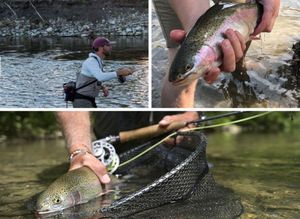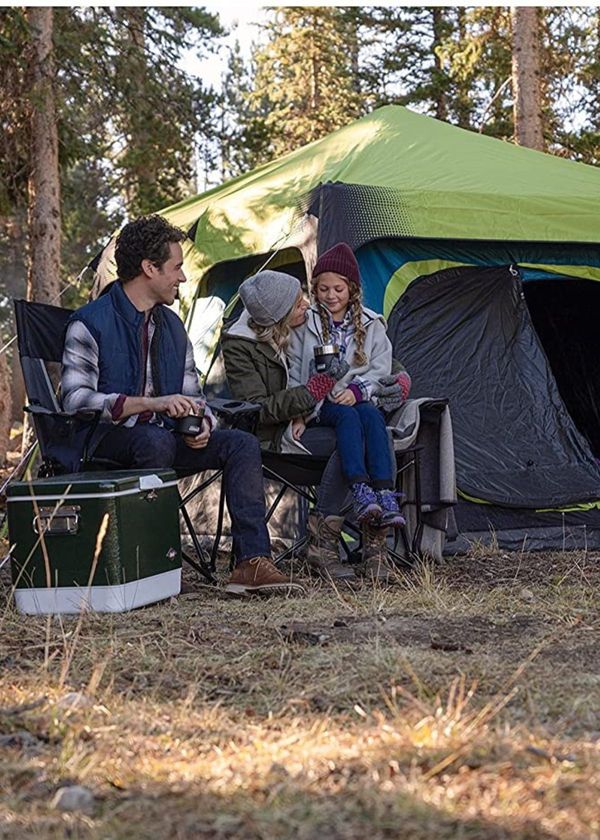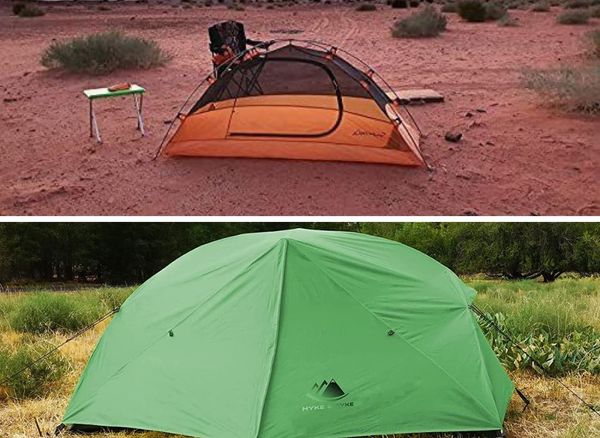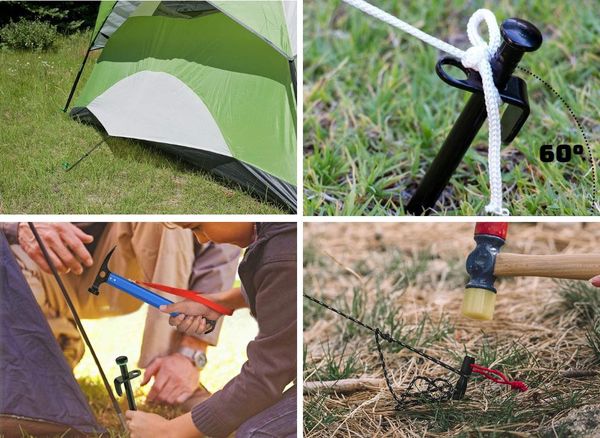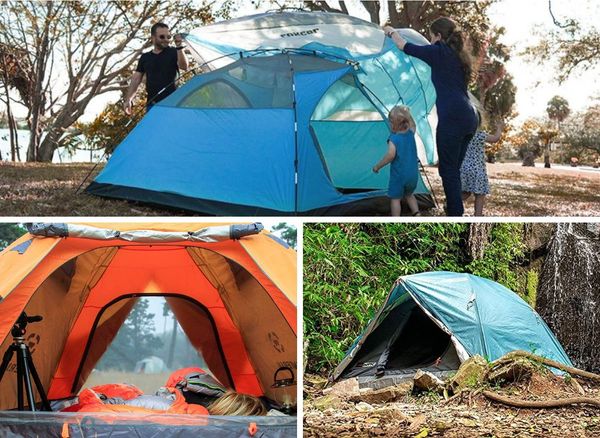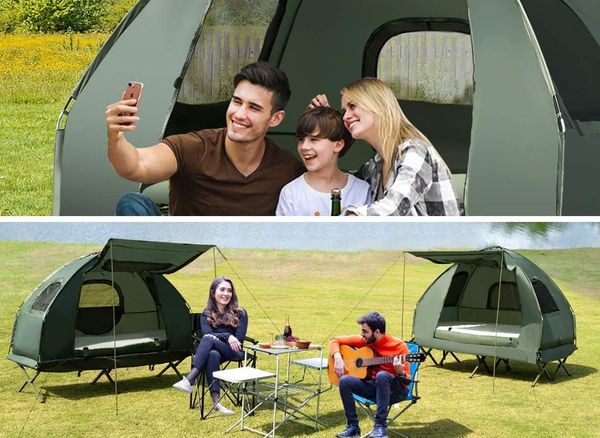Orienteering is a sport that has been around for centuries - some say that it originated in Sweden in the late 19th century. It is a competitive sport where participants use a map and compass to navigate their way to specific checkpoints. The sport can be traced back to the military, where it was used as training for soldiers. In recent years, orienteering has become a popular recreational activity for people of all ages.
What is Orienteering?
The objective of the game is to navigate from point to point in the shortest possible time. The course is typically marked with orange or white flags, and the aim is to reach all the checkpoints in order. The order in which the checkpoints are reached does not usually matter, as long as all the checkpoints are visited.
Most orienteering courses are located in parks or forests, and many courses are designed for beginners as well as experienced orienteers. Beginner courses are typically shorter and have fewer checkpoints than more advanced courses.
How to Play Orienteering
Before starting an orienteering course, it is important to have a good understanding of how to read a map. Each orienteering course is different, but most courses will have a map that includes the following features:
- Checkpoints: These are typically represented by stars on the map, and your goal is to visit all of the checkpoints in order.
- Start and finish: The start and finish points will be marked on the map.
- Control descriptions: Control descriptions (or "clues") are written instructions that tell you what features you should be looking for at each checkpoint. For example, a control description might say "red building with a green roof."
- Legend: The legend is usually located in the bottom corner of the map and contains symbols that represent different features on the course, such as buildings, roads, trails, etc.
Once you have a good understanding of how to read the map, you can start planning your route. The goal is to visit all of the checkpoints in the shortest amount of time possible, so it is important to plan your route carefully. If you get lost or if it starts to get dark, don't hesitate to ask for help from a park ranger or another orienteer.
Orienteering is a great way to spend an afternoon in nature while getting some exercise and fresh air. It's also a great way to improve your map reading and navigational skills. So why not give it a try next time you're looking for something fun to do outdoors?


